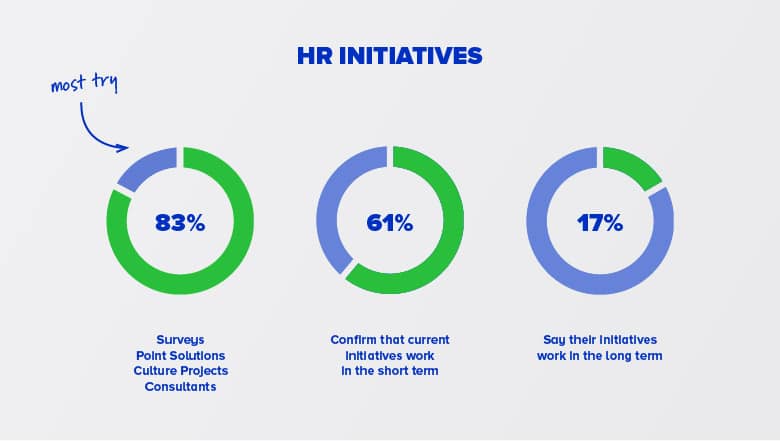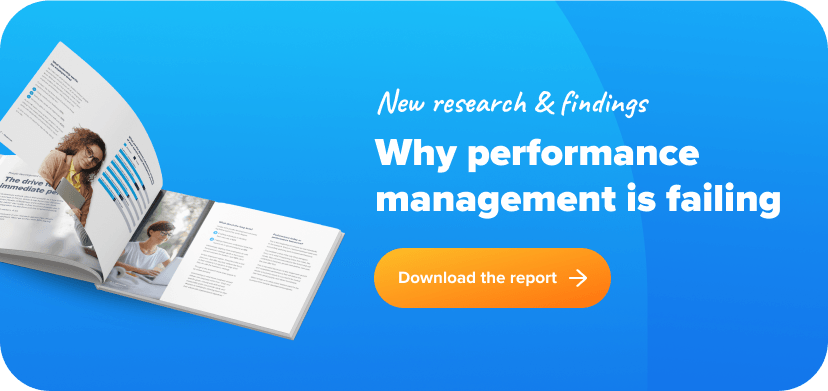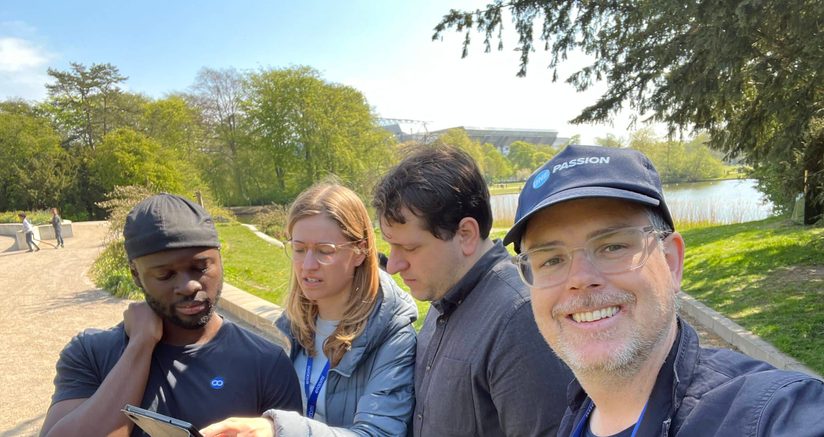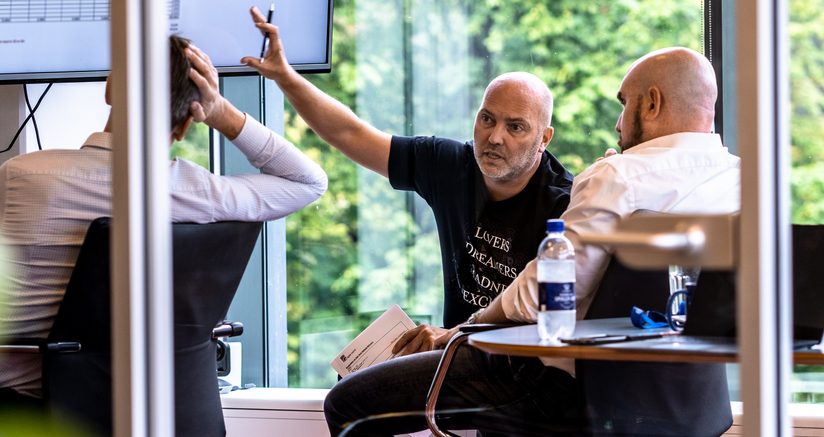However, 83% of those did not end up succeeding with the changes they had set out to make. These facts beg us to ask the question, is Human Resources in a state of Limbo, making them unable to achieve their mission?
It all starts with the purpose of HR
Through our hundreds of conversations with HR professionals across Europe, it seems very clear to us that everyone working with HR has the same goal with their jobs. That mission is to work with people and develop the organisation. This mission leads to the businesses need for HR to have a more concrete focus on low staff turnover, increased employee productivity, and avoiding major organisational problems.
If we look at the day-to-day tasks that HR departments are performing, we see that they are concentrating primarily on recruitment, administering tools and solutions. We would also see their days filled with countless meetings, training and coaching sessions, and off-boarding employees.
It gives a clear picture that today, the business sees HR as a service to support the organisation, without enough room to be working with people. However, we also understand that HR, over the years, have not been given enough resources or time to deal with the increasing organisational challenges.

HR is trying to break the status quo
HR knows that something must happen, and new initiatives are continually being implemented to accommodate these improved processes for the organisation as a whole. We know that many companies are looking to point solutions to help solve their engagement, feedback or onboarding needs, and 61% of those that we spoke to confirm that they do help. When we asked if it works to solve their problems in the long term, only 17% could confirm that it does help their long term goals.
These facts should help give Human Resources a look into the future, instead of continuing to follow the path of jumping into new initiatives. By doing this, you most likely do not have a long-lasting effect to solve the real problems. These problems are the lack of extra resources, the lack of time and the need for better tools. And yet, companies continue to do the same thing year after year without really progressing.

The employee pressure keeps increasing
As if you thought it couldn’t get any worse, Gallup’s State of the Global Workplace in 2017 stated very clearly that 90% of the workforce is not engaged, or actively disengaged throughout Western Europe. Considering it is HR’s mission to work with people, extreme dissatisfaction amongst employees would seem to say that their purpose has already begun to fail.
One reason may be due to the new generations that have entered the labour market. We no longer need to talk about the new generations and what to expect because they are already here. Almost 70% of Gen Z are already in the labour market, and just over 50% of millennials already hold global leadership positions. These generations in the workforce is one of the main reasons that HR has more tasks and challenges with the same amount of resources.
How can you get out of the Limbo?
Getting out of the limbo does not necessarily have to be a significant challenge, and technology today means that you can get a helping hand. It just requires starting by looking at the rationality of change rather than changing for the sake change. Together with eloomi, you can explore new ways to break the HR Limbo and utilize our LMS to build better employee learning and development for your organization. Get in touch to learn more.






